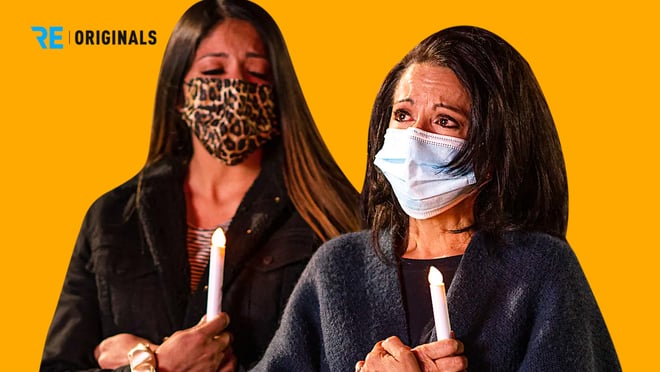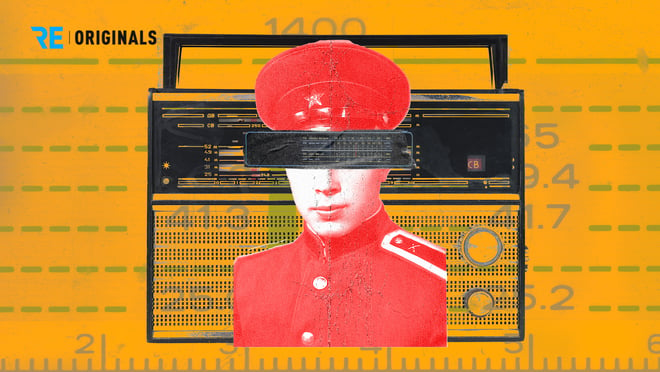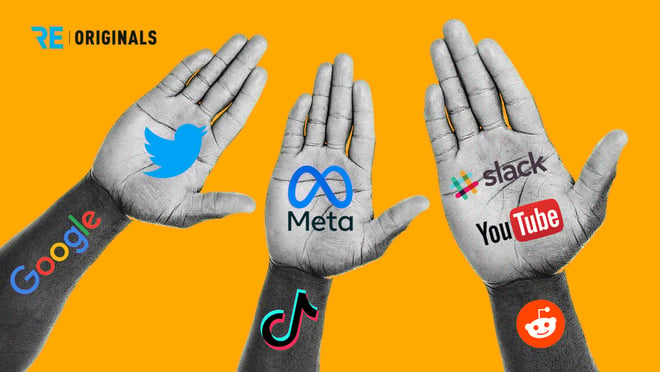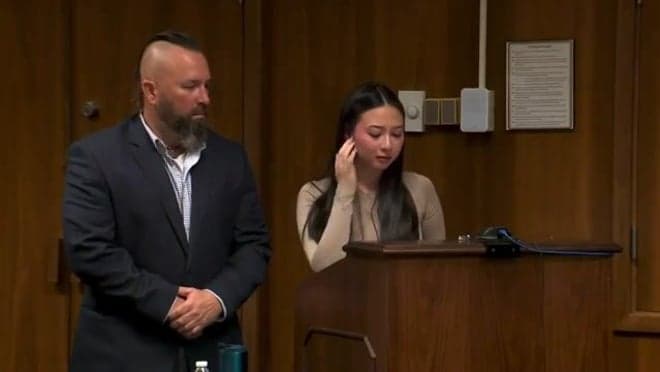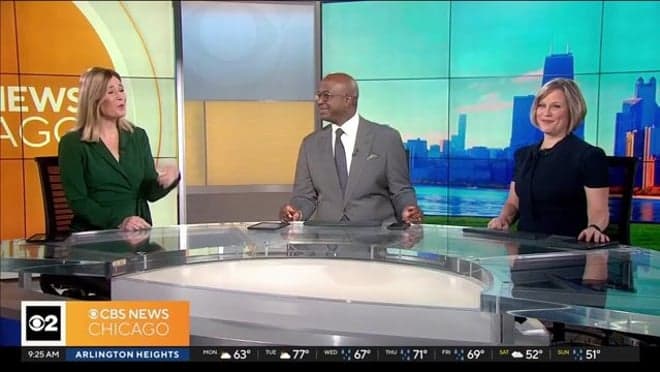Telehealth use exploded during the Covid-19 pandemic, especially for mental and behavioral health services. But recent studies show telemedicine runs a risk of exacerbating inequities in mental healthcare, either in access to care or health outcomes. The problem is especially bad in rural communities, where there’s around 1 psychiatrist for every 30,000 people and 1 in 3 residents lack access to reliable, high-speed internet. Telehealth was supposed to be the great equalizer. But in order to solve the issue of mental health access, we need to first address what’s been a persistent problem in the United States: the rural digital divide. The good news? President Biden’s Bipartisan Infrastructure Law allocates $65 billion to improve broadband access and reduce internet costs. The bad news? The federal government still doesn’t have a clear picture of the scope of broadband access around the country, using inaccurate, outdated maps that overstate where high-speed internet is delivered in the United States. Another problem holding back widespread adoption of telepsychiatry is insurance: During the Covid-19 pandemic, insurers began reimbursing mental healthcare providers for virtual care at the same rate as in-person visits. But many of those changes are temporary and will end when the current Federal Public Health Emergency expires in mid-April. “The more that the government can focus on sustainable reimbursement, the better,” says Anna Lindow, CEO and Co-Founder of Brave Health. “That is what draws providers in. And that's what makes providers think creatively.”

Wednesday 08.17.22
How the GOP is using the Secretary of State position to install right-wing values in government

